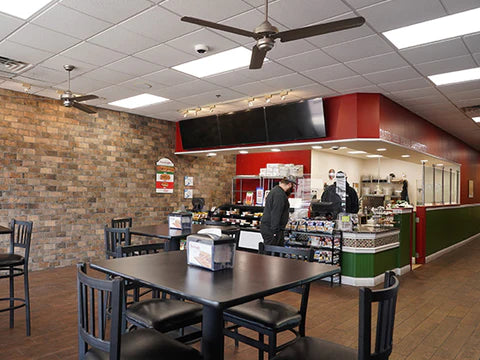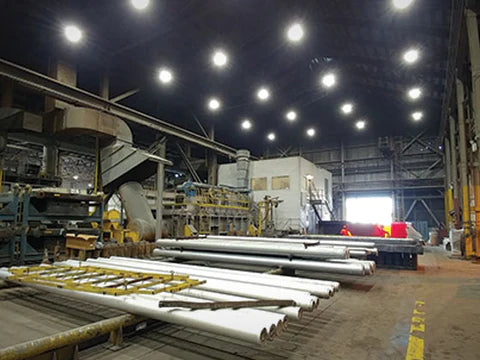Demystifying Watts: Understanding Power Consumption in LED High Bay Lights
Are you considering upgrading your lighting to LED high bay lights but also feel overwhelmed by the technical jargon, especially when it comes to watts? Don't worry; you're not alone. Understanding power consumption in LED high bay lights might seem like diving into the deep end of the pool, but fear not – we're here to break it down for you in simple terms.
First things first, let's talk about what watts actually mean in the context of LED high bay lights. Watts measure the amount of electrical power a light fixture consumes. In simpler terms, checking the number of watts is like looking at miles per gallon in your car – it tells you how much energy your lights are guzzling.
However, when it comes to LED lights, watts don't tell the whole story. Unlike traditional incandescent or fluorescent lights, where higher wattage usually means brighter light, LED technology is different. It is more efficient. That means an LED light can produce the same amount of light (or lumens) using a lot fewer watts compared to older lighting technologies.
So, how do you know how much light you're getting for the watts you're using?
Enter lumens – the true measure of brightness. Lumens tell you how much light the fixture emits, regardless of the energy it consumes. Think of lumens as the actual brightness level, while watts are more like the power source behind it.
When shopping for LED high bay lights, it's essential to pay attention to both lumens and watts. A higher lumen output with lower wattage means you're getting more bang for your buck in terms of energy efficiency. Plus, with LED technology, you can achieve the same brightness as traditional lights with significantly fewer watts.
Now, let's put this into perspective with an example.
Say you're comparing two LED high bay lights: Light A consumes 100 watts and emits 10,000 lumens, while Light B consumes 120 watts and emits 11,000 lumens. At first glance, Light B might seem better because it has a higher lumen output. However, when you factor in watts, Light A is actually more energy-efficient, providing nearly the same brightness with 20% less power consumption.
But wait, there's more to the story than just lumens and watts. When it comes to LED high bay lights, quality matters. The efficiency and lifespan of an LED fixture depend not only on its components but also on its design and construction. Investing in high-quality LED lights might cost a bit more upfront, but it pays off in the long run with lower energy bills and reduced maintenance costs.
Another factor to consider is color temperature. LED lights come in various color temperatures, measured in Kelvin (K). Lower Kelvin temperatures (e.g., 3000K) produce warm, yellowish light, while higher Kelvin temperatures (e.g., 5000K) emit cooler, bluish light. The right color temperature depends on your application and personal preference, whether you're illuminating a warehouse, gymnasium, or retail space.
In conclusion, when it comes to LED high bay lights, don't let watts intimidate you. Focus on lumens to determine brightness and watts to gauge energy efficiency. Look for high-quality fixtures with the right color temperature for your space. And remember, upgrading to LED lighting is not only a smart choice for your wallet but also for the environment, thanks to its energy efficiency and long lifespan.
Ready to make the switch? Explore our selection of LED high bay lights. With the right knowledge and the right lights, your commercial space will be shining bright in no time.

 215.355.7200
215.355.7200




